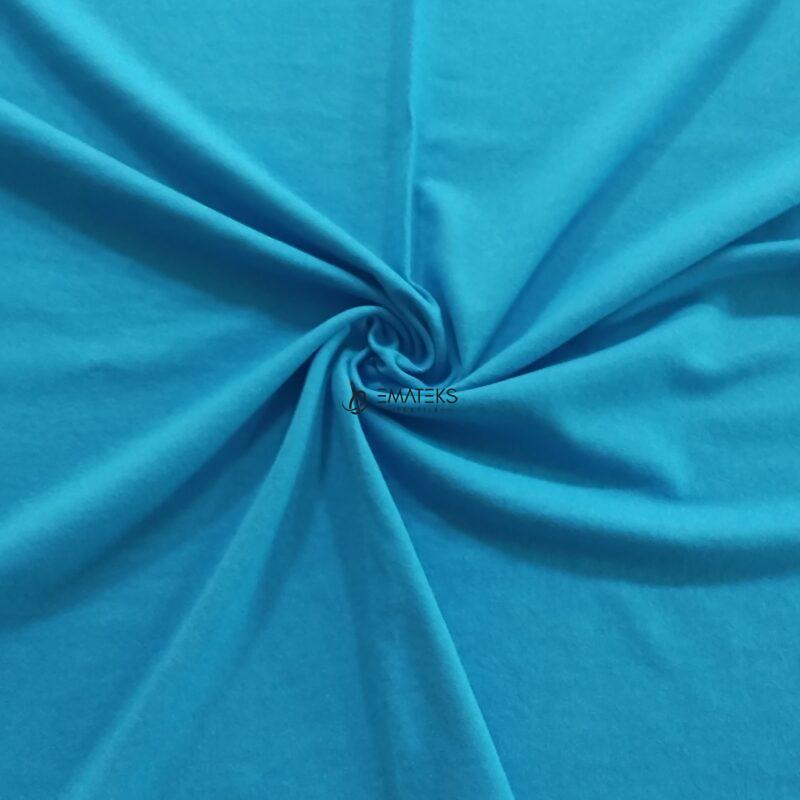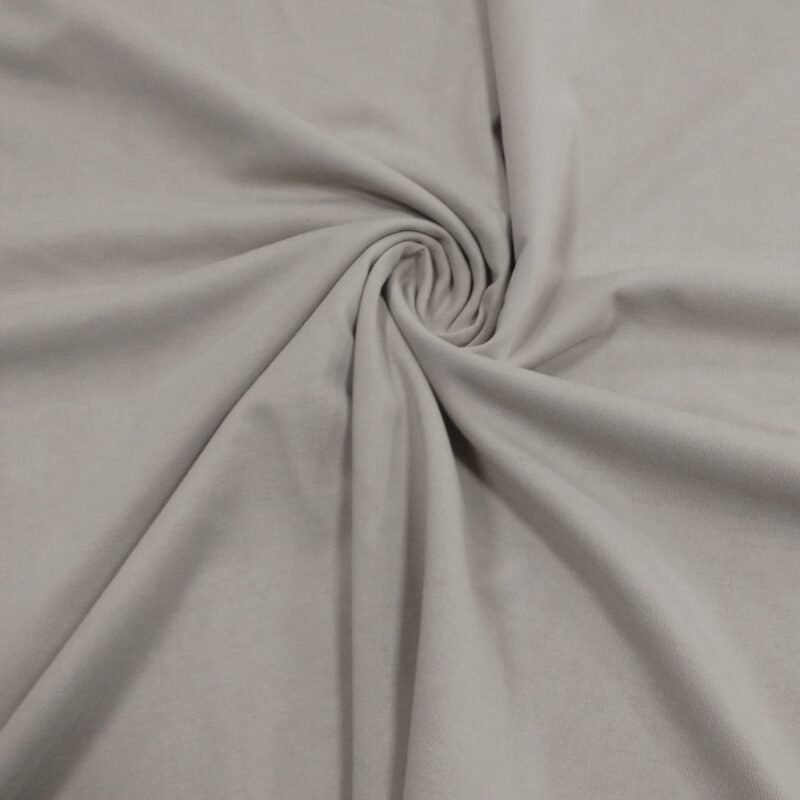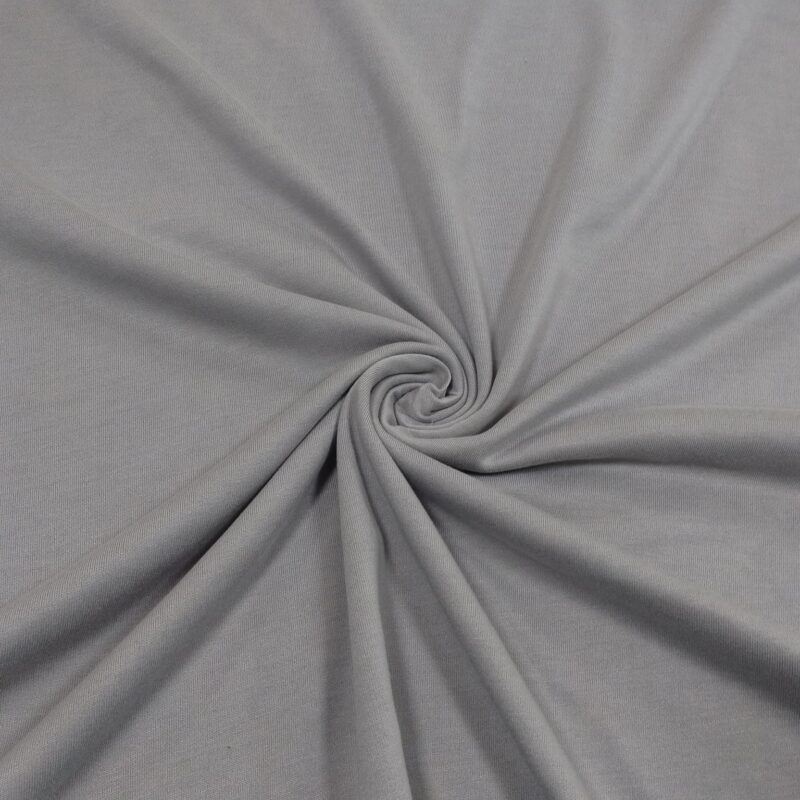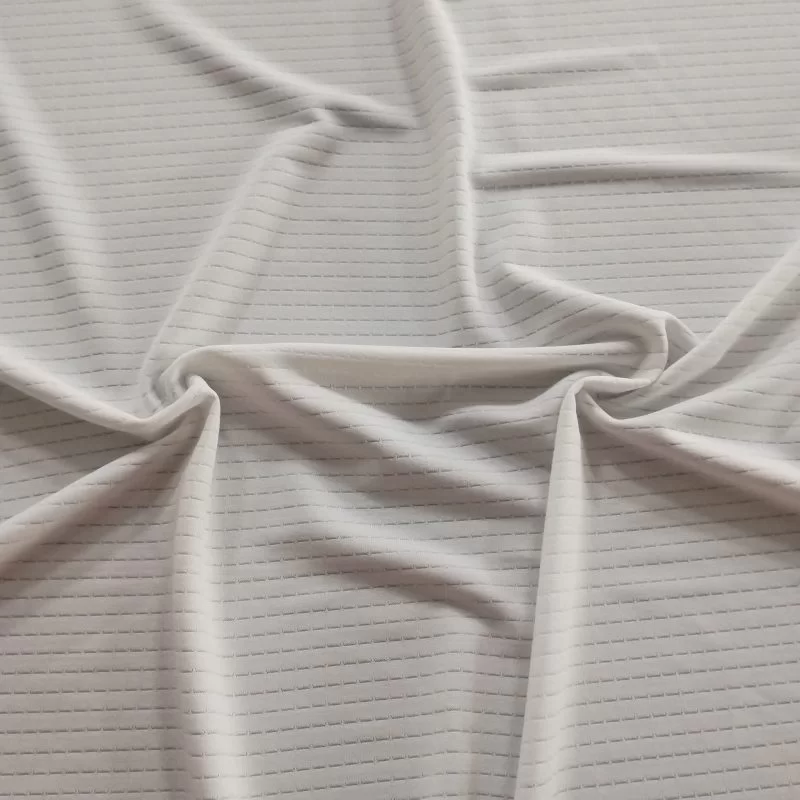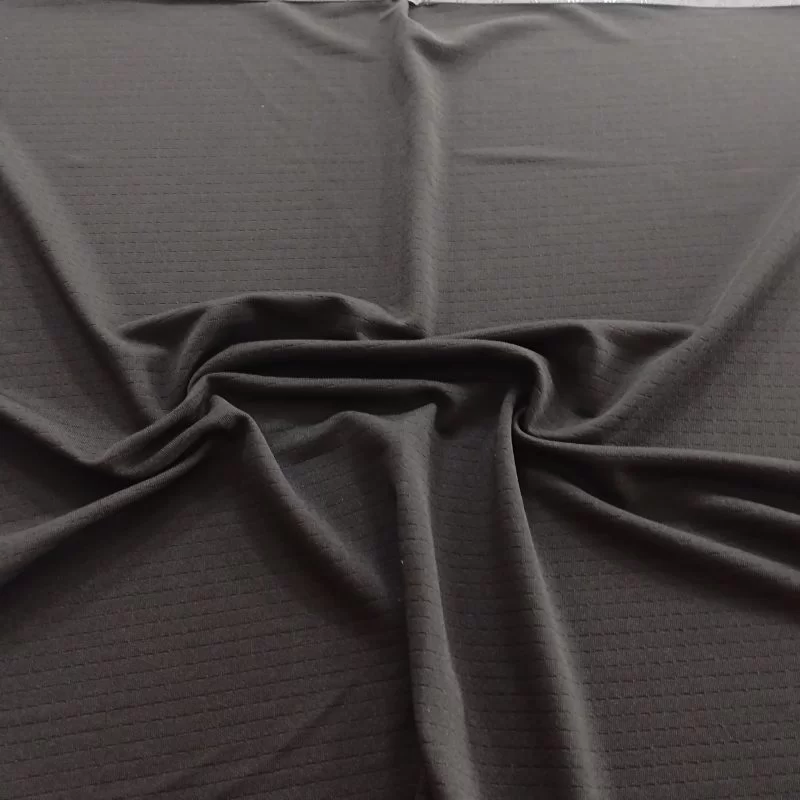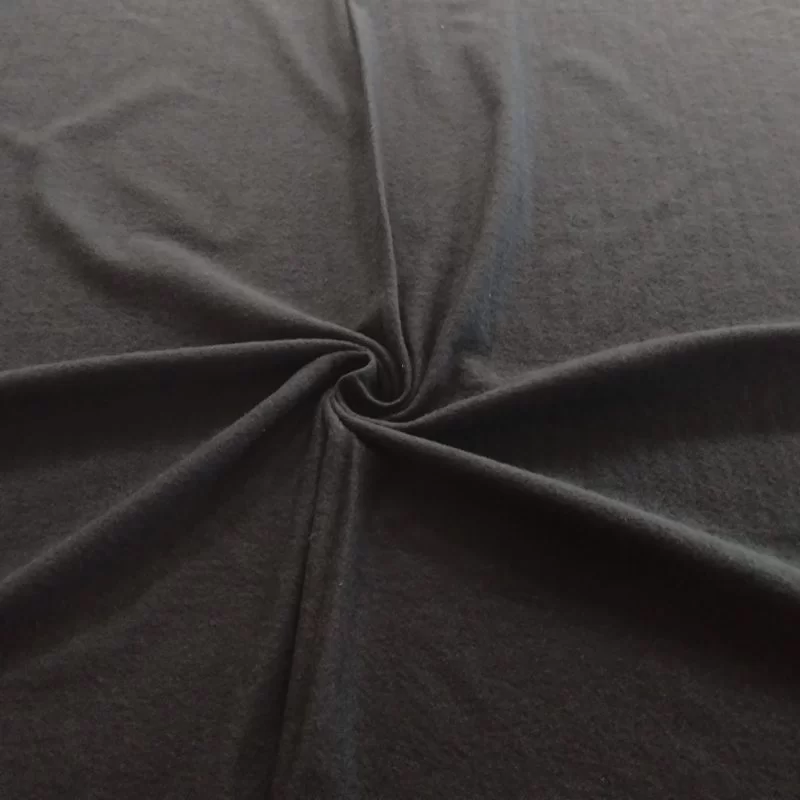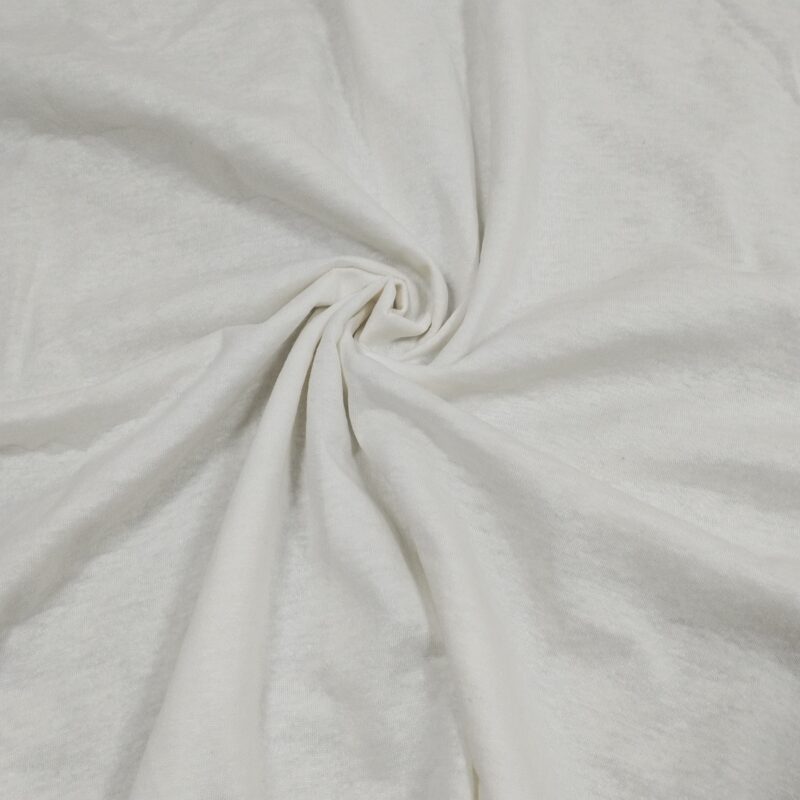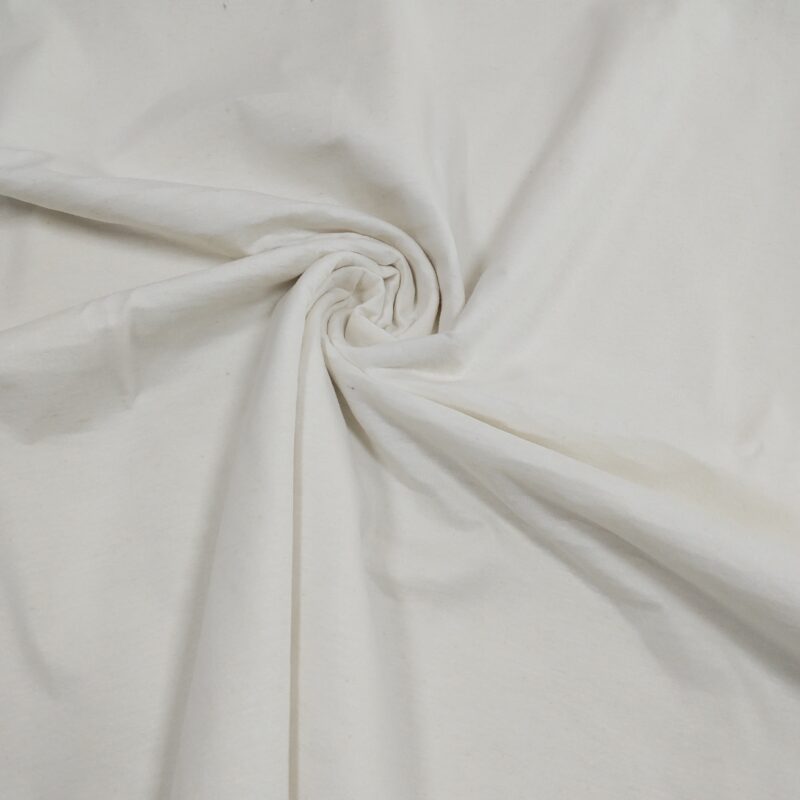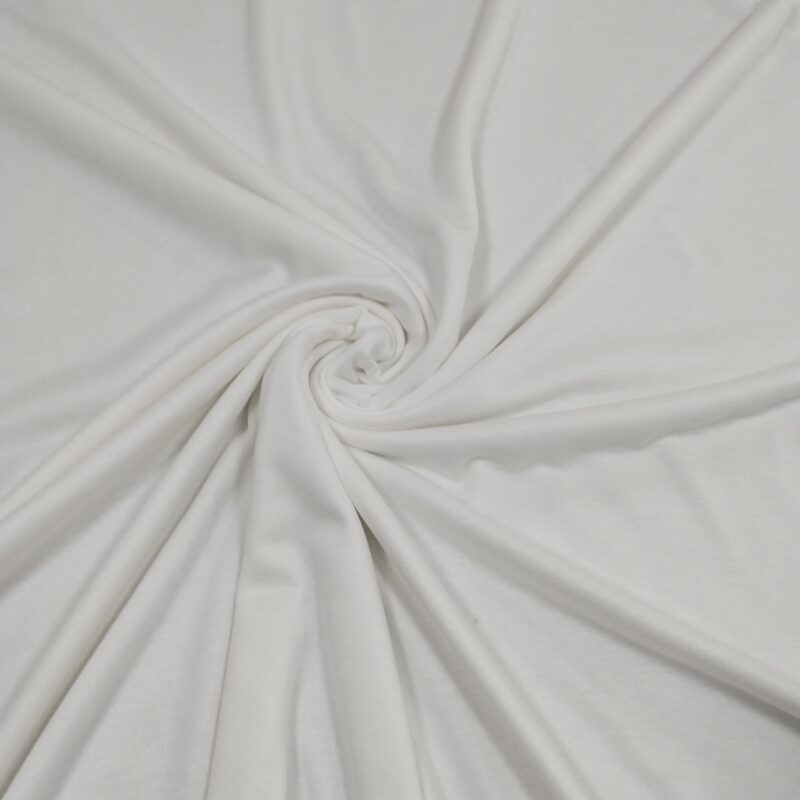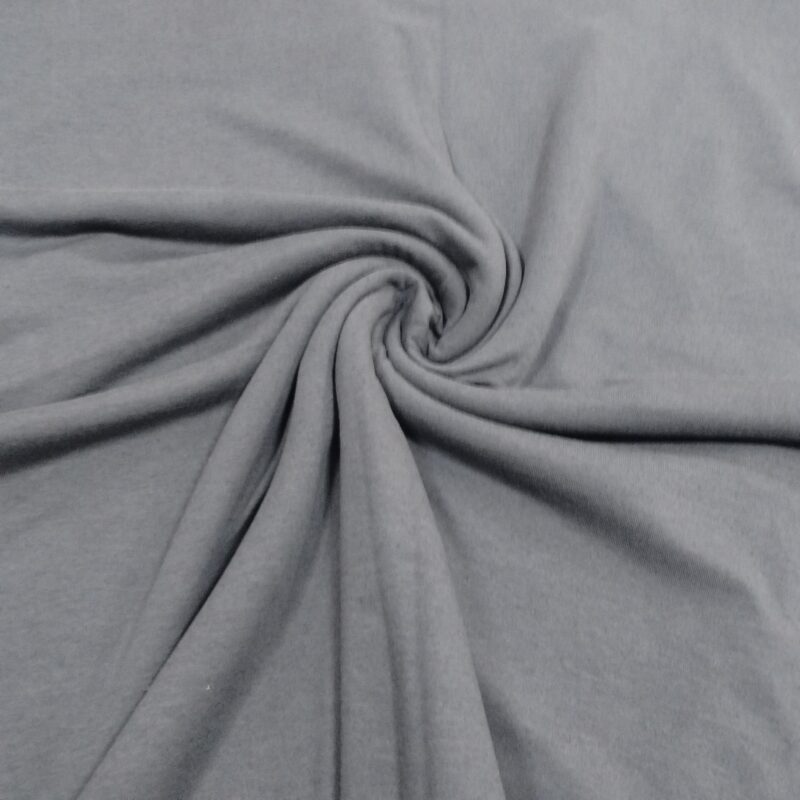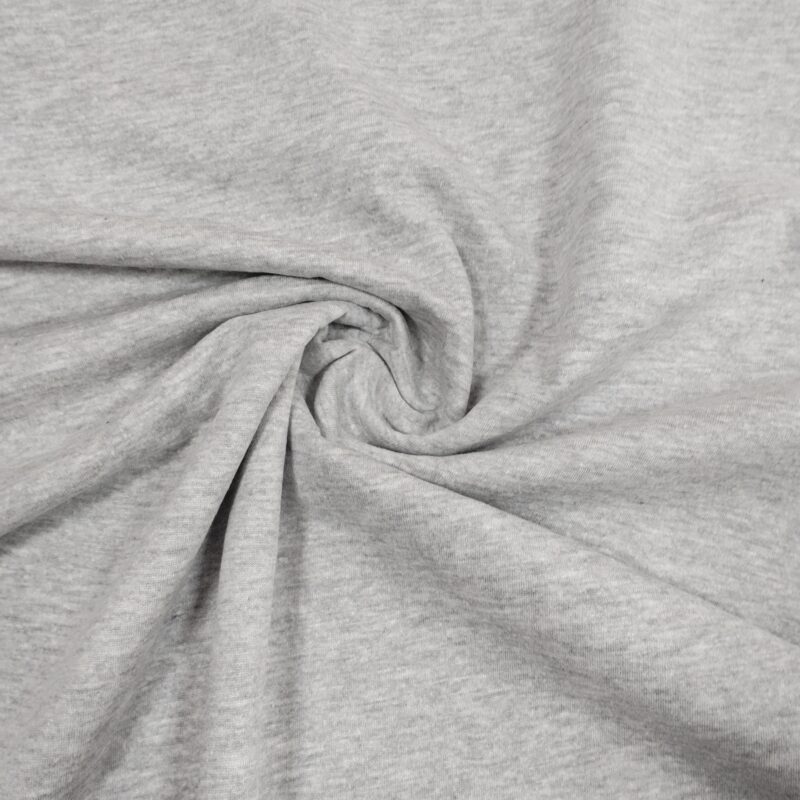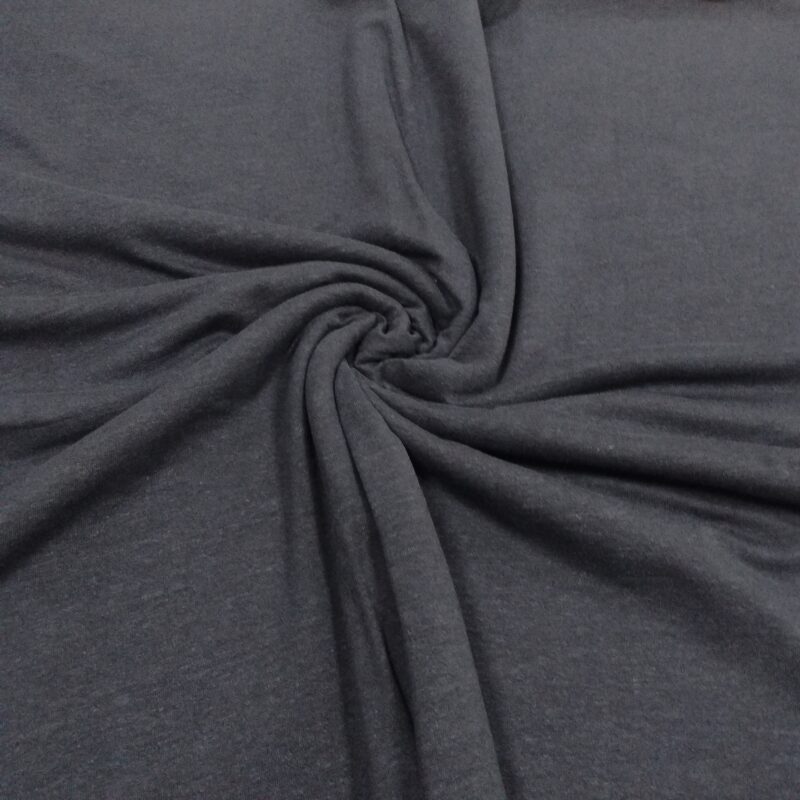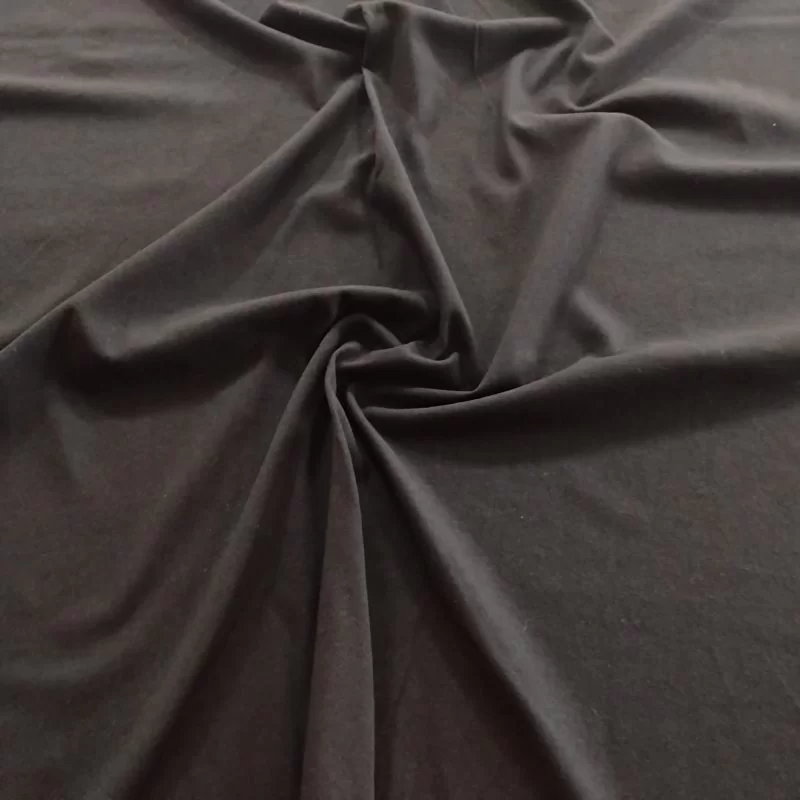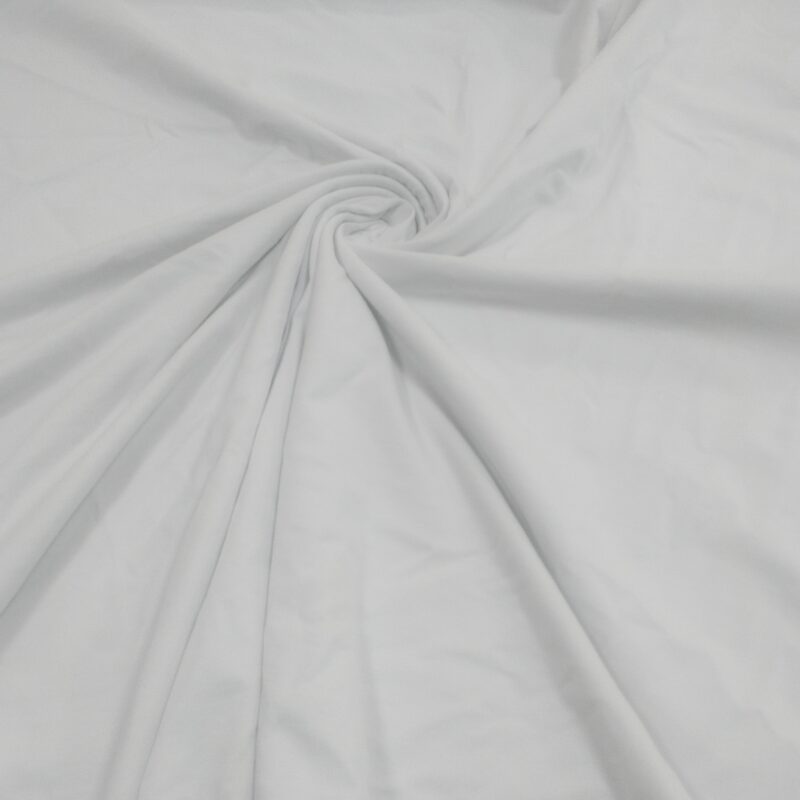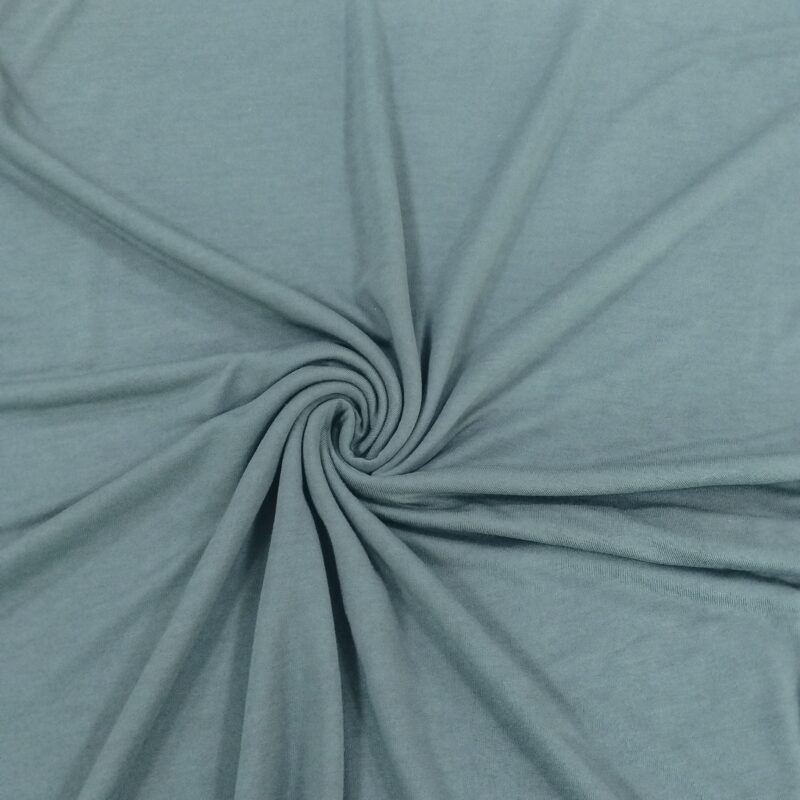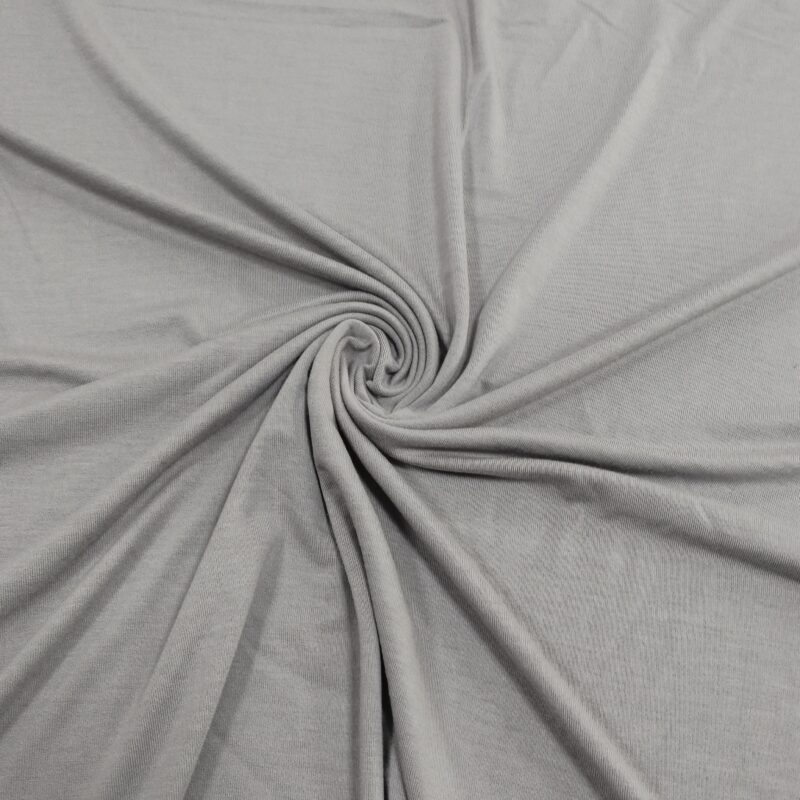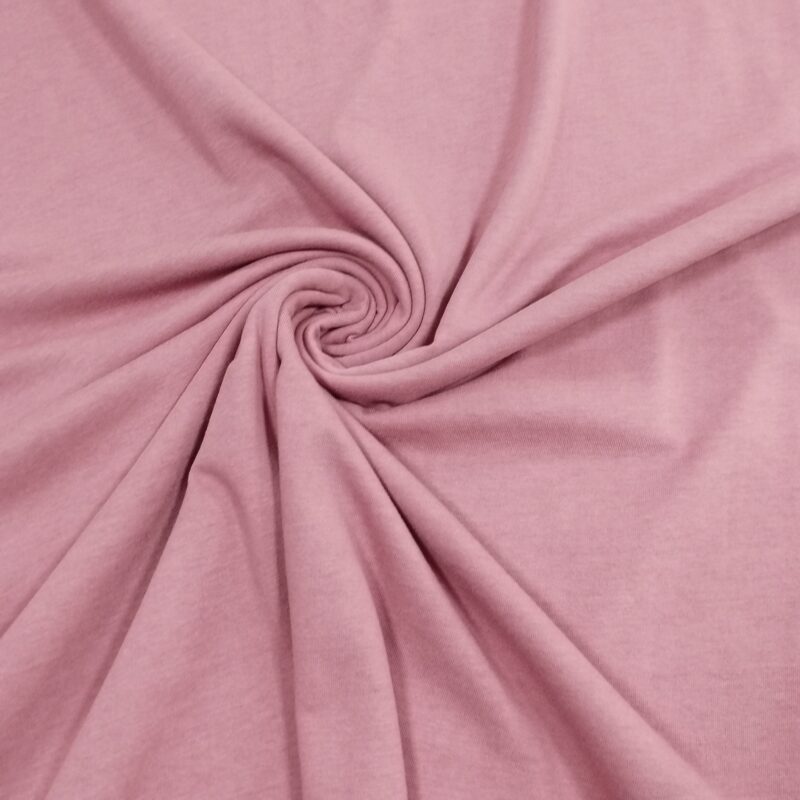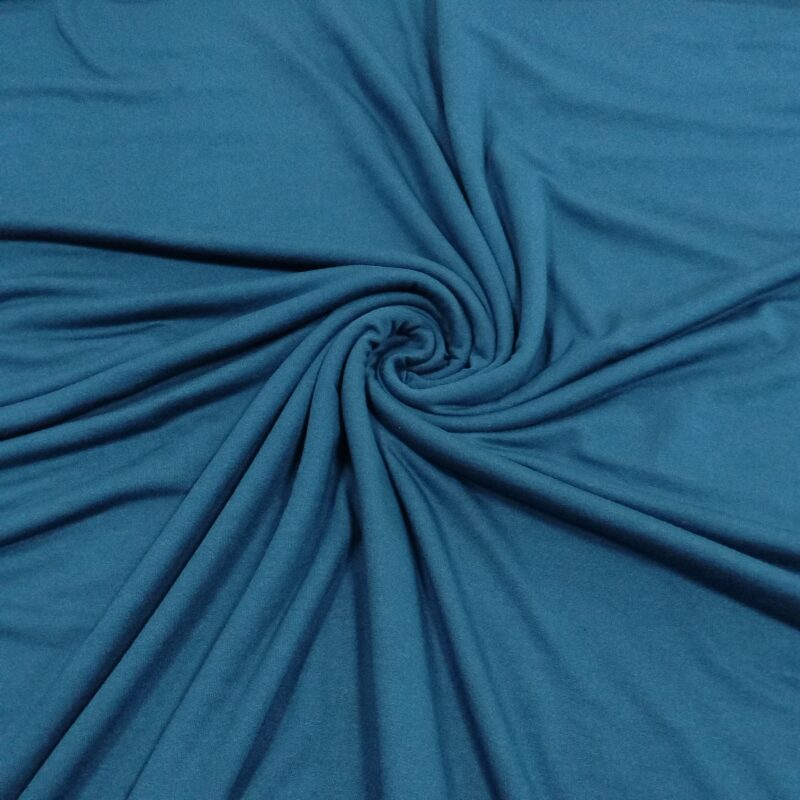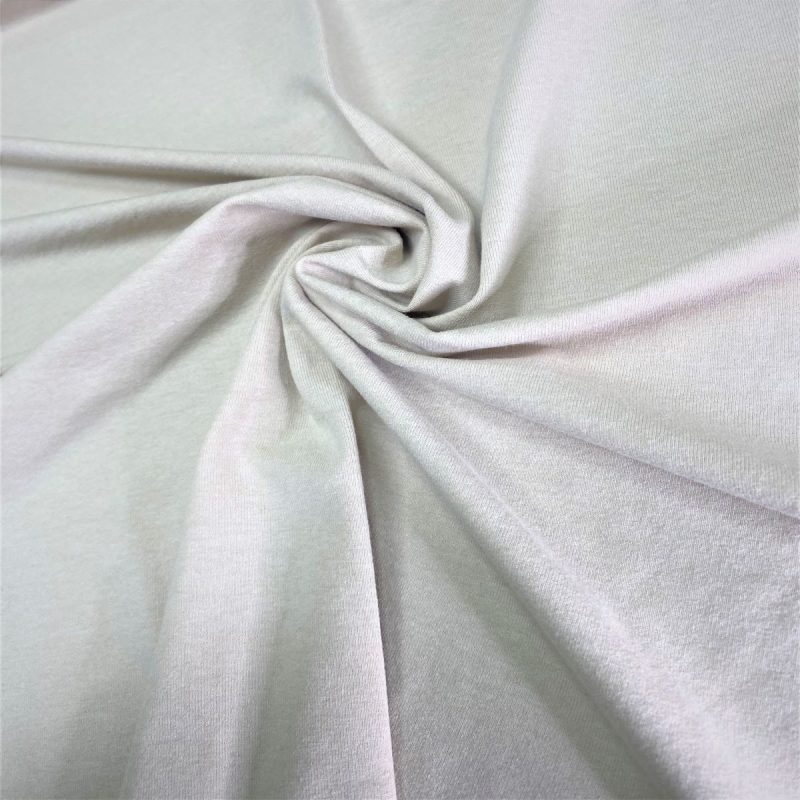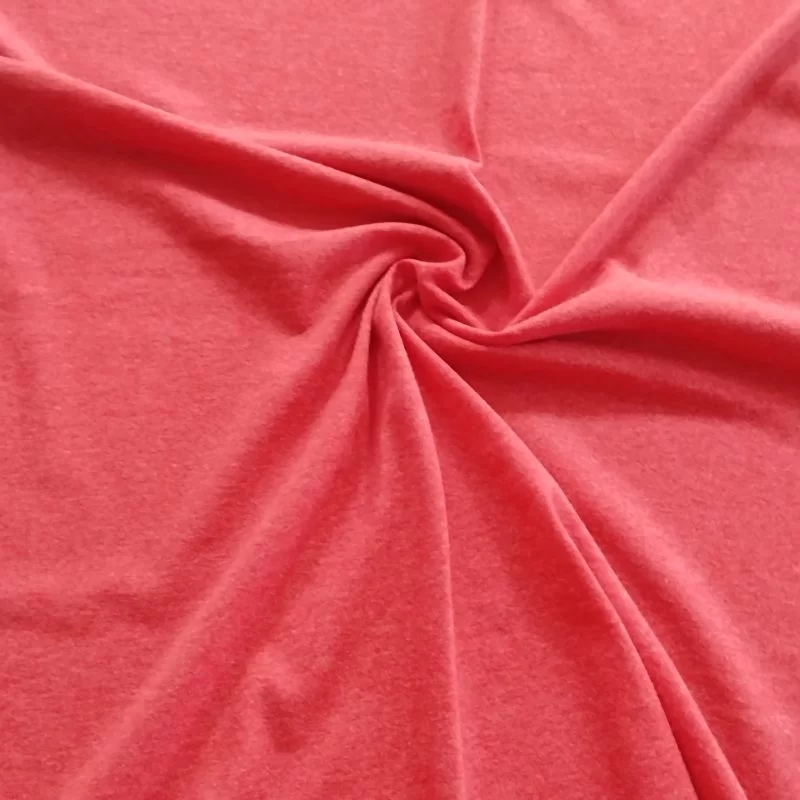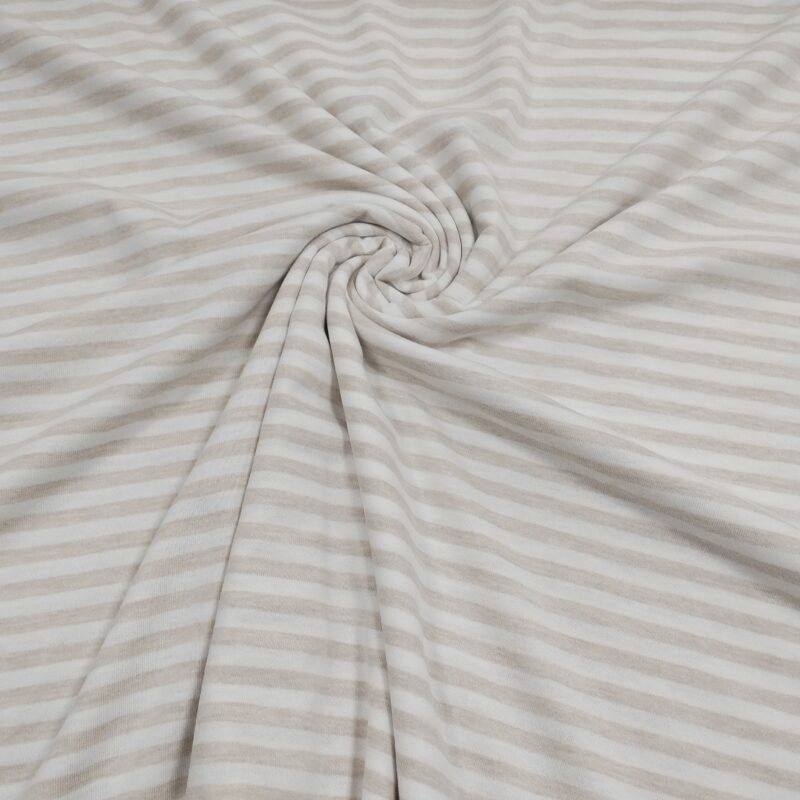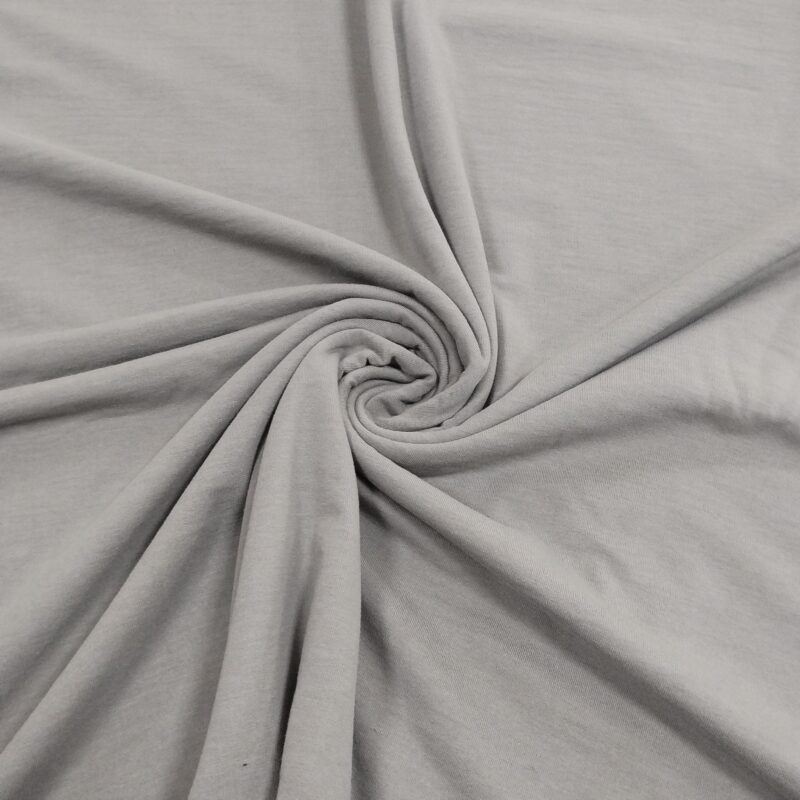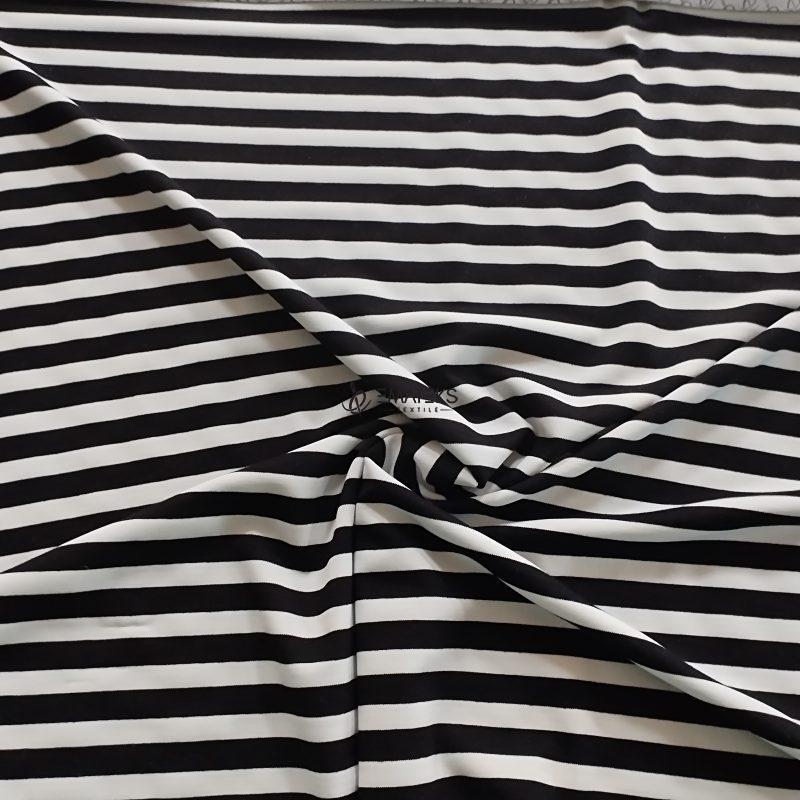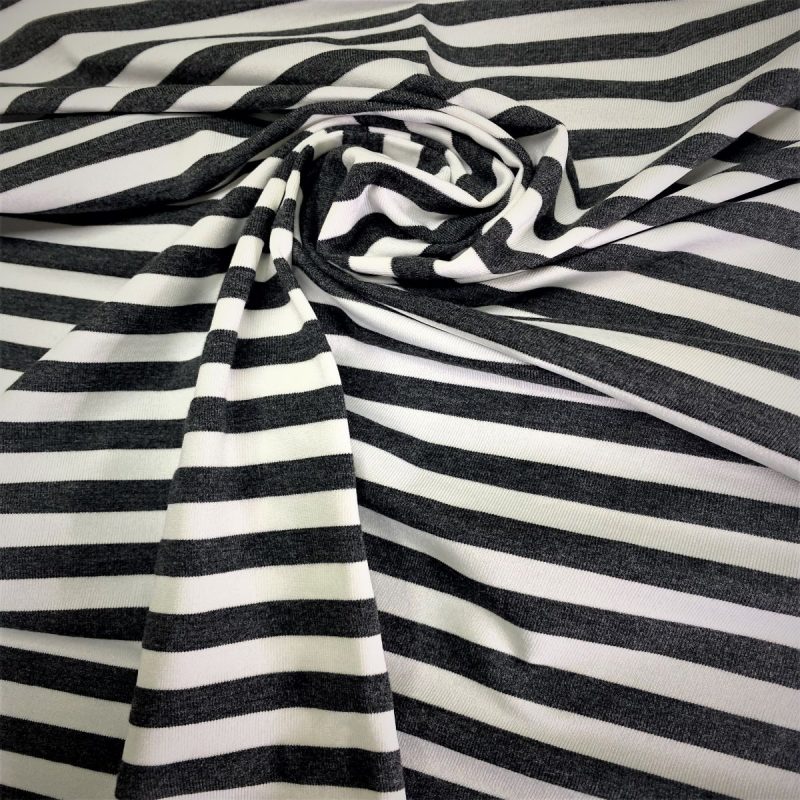Jersey
Jersey fabric is one of the most noticeable and frequently used fabrics among knit fabrics. It is mostly produced by single-knitting or double-knitting techniques. Although wool was originally used in production, alternative jersey fabrics such as cotton and polyester have also become popular over time. Among the most common uses, its use in daily clothing and home textiles stands out as a t-shirt. Versatile with many features, this type of fabric is highly durable and provides comfortable use.
What Is Jersey Fabric?
Among the knit fabrics, one of the fabrics used in clothing is jersey fabric. Although it is originally made of silk, fabrics made of cotton and polyester are also quite common. This fabric, which is quite flexible as a structure, is produced with single and double knitting techniques. Weaving is done using a single needle set in a single knitting technique. As a result of this process, the front face of the fabric looks smooth while the loop image is formed on the back. The knitting technique for both sides to be smooth is called double jersey knitting. When the fabric is touched with this technique, it is thicker than the single knit. It has neither a very light nor a very heavy structure, so it is used in many textile products.
How Is Jersey Fabric Made?
The construction process can change according to the main material of this fabric. Originally, this fabric was a woolen fabric, but over time, the use of natural fabrics and synthetic fabrics such as cotton has become widespread. Cotton and synthetic yarns are factors that reduce the cost of this fabric, so it is used quite widely. Single and double knitting techniques are also used as knitting techniques. The final version of the fabric is obtained with the threads put together in the knitting machine.
How To Sew with Jersey Fabric?
It is necessary to pay attention to some details to sew with this fabric. First of all, using a normal needle for sewing causes small tears. Using an inexhaustible needle instead enters the fibers, preventing possible tears. For this reason, it is necessary to use an inexhaustible needle for sewing. One of the tricks is to use a walking foot instead of using a normal foot in the sewing machine. In this way, unwanted flexes are prevented when the product is finished. Another trick for sewing is to use zigzag stitching. When a straight stitch is made, the fabric stitches cannot stretch, and therefore the stitches can be broken. Zigzag stitching is a detail that flexes the stitches and thus gives the entire fabric an elastic feature. Using double needles for more flexibility and a more beautiful finish is always more advantageous. Finally, experimenting on a waste fabric before starting the original stitching may be a factor that speeds up your hand. All these details make the stitches smooth.
Jersey Fabric Characteristics
This fabric takes its place among the indispensable of everyday clothing with its many aspects. Its versatile features are summarized as follows.
- Knitting fabrics are known to be very advantageous in terms of flexibility, and this fabric stands out in this aspect. The highly flexible version does not limit mobility and provides comfortable use.
- The structure is quite soft with its reputation, so it does not irritate the skin and is comfortable to use.
- In this fabric, the braids are also very tight because, with this technique, the fibers are brought closer so that there is no gap between them. For this reason, this fabric is quite opaque and has a light-proof structure.
- Absorbency and breathability are generally determined by the fiber used. While the cotton version of this fabric stands out in terms of these features, the polyester version can stay in the background compared to cotton.
Uses For Jersey Fabric
This fabric is most preferred in everyday clothing today. However, there are many different types of jersey fabric and these types can be used for these different needs. The most common use of this fabric in daily life is as follows.
- T-shirts, one of the most preferred textile products in daily life, are generally produced with this fabric. In this way, t-shirts are given a more token look.
- This fabric is also widely used in sportswear. It is especially preferred in clothes such as tracksuits and sweatshirts. It has a comfort-enhancing effect in sportswear with its moisture absorption and flexibility properties.
- This fabric is used in home textiles, especially in the production of sheets. It is preferred with both a smooth surface and a moisture absorber.
- Again, this fabric is used in underwear due to its yawning and absorbency properties.
How Much Does Jersey Fabric Cost?
The cost of this fabric varies depending on the main material used in production. Since wool costs a high fiber, this one made from wool can also be quite costly. Polyester fabrics are much more cost-effective, reducing the cost of this fabric. In addition, under what conditions the yarns are produced is a factor that determines the cost. This is reflected in fabric production as the cost of fibers produced under organic farming is higher.
What Are the Types of Jersey Fabric?
This fabric has many different types and each is used for different needs.
- Supreme fabric is a lighter version of this fabric. As a structure, one side is flat and the other side is hairier. It is produced as a single layer of knit fabric.
- Interlock is produced by attaching two jersey fabrics together. For this reason, it is also called double jersey fabric. Both sides of this fabric have a smooth structure. As a structure, the supreme is thicker than the fabric, so it is a very durable option.
- Coloque version is a type of fabric produced by knitting machines, and with this path, the fabric is wrinkled, giving a fluffy look. Coloque comes to my bubbly meaning in French, and this fabric takes its name from here.
- The structure of the shunted fabric is rougher. This is due to the use of irregular shunt yarn in production.
- Industrial knitting machines are used in the jacquard version of this fabric and a wide variety of patterns are processed on the surface, similar to brocade.
- Stretch version is a type of this fabric with a high stretch capacity. In this fabric, threads such as wool or polyester are used and combined with an elastic material such as spandex. Thus, the fabric is given flexibility.
Jersey fabric is quite advantageous with its many different types and features. To take advantage of these benefits, you can try textile products made of this fabric.

